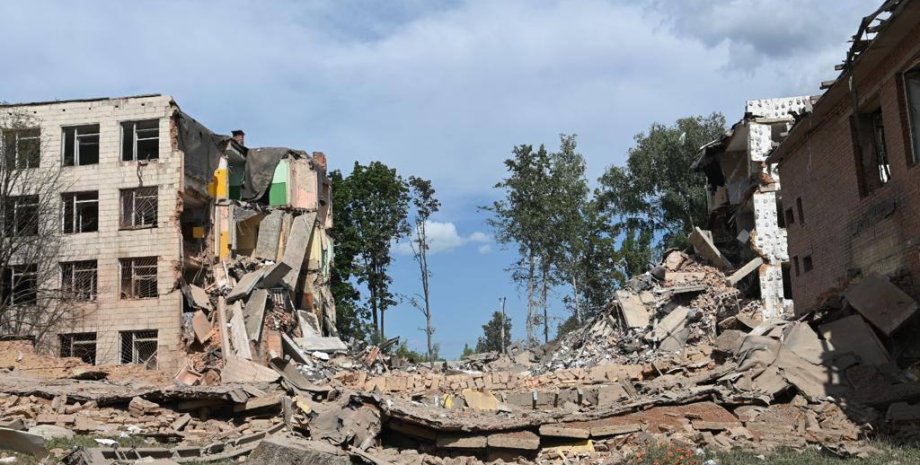
 By Natali Moss
By Natali Moss
Subscribe not to miss the latest and most intricate news from the world of science! The seventh testing flight of Starship rocket January 17 did not end quite as SpaceX planned. If the lower degree of the rocket successfully fulfilled its mission and returned back to the starting ground, the upper stage exploded only a few minutes after launching, as the focus has already written. The result was a large number of debris that fell into the Caribbean and some islands.
According to astronomer and space debris expert Jonathan McDauella, the upper stage of the Starship rocket weighing about 85 tons, exploded at an altitude of about 146 km. According to Connor Barker's chemistry researcher, the Starship missile explosion could lead to the creation of 45 tons of metal oxides and 40 tons of nitric oxide. The latter is known for being able to destroy the ozone layer of the earth.
At the same time, Barker says that the above figures are only a preliminary estimate, not an accurate calculation of the impact of the accident on the environment. Although the scientist believes that in any case, a lot of pollutants have got into the atmosphere. Scientists cannot say exactly how many pollutants got into the upper layers of the Earth's atmosphere, because it is unclear how the mass of the rocket burned completely, and what mass in the form of debris fell to the ground.
Fortunately, the upper stage of the Starship rocket is made of stainless steel, not aluminum, as satellites and upper degrees of many other rockets. When the satellites fall into the atmosphere of the Earth, where they burn, the formation of aluminum oxide, which, like nitrogen oxide, destroys the ozone layer and changes the reflective capacity of the Earth's atmosphere.
In recent years, the number of satellites that fall into the atmosphere is growing rapidly, and thus increases the amount of aluminum oxide, as well as nitrogen oxide, in the upper atmosphere. These contaminants remain there for a long time. Nitrogen oxide occurs when fragments of space debris moving at a hypersonic speed squeeze the surrounding air while falling to the ground. Nitrogen atoms are heated and react with oxygen, creating a dangerous oxide.
According to scientists, the number of launches of rockets and satellites will only grow, and therefore more space debris will enter the atmosphere, which will lead to more contamination. Pollutants can interfere with the restoration of the ozone layer of the Earth. They can also cause the atmosphere to keep more heat, and therefore global warming will only intensify. As the focus has already written, the "immortal" asphalt has been created, and the roads will lay cracks and potholes on their own.










All rights reserved IN-Ukraine.info - 2022